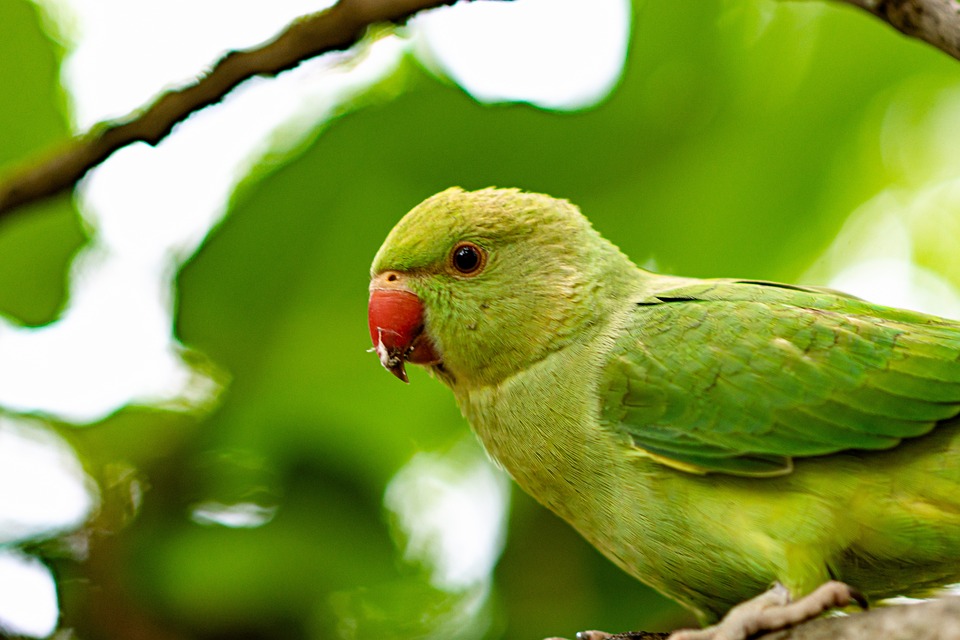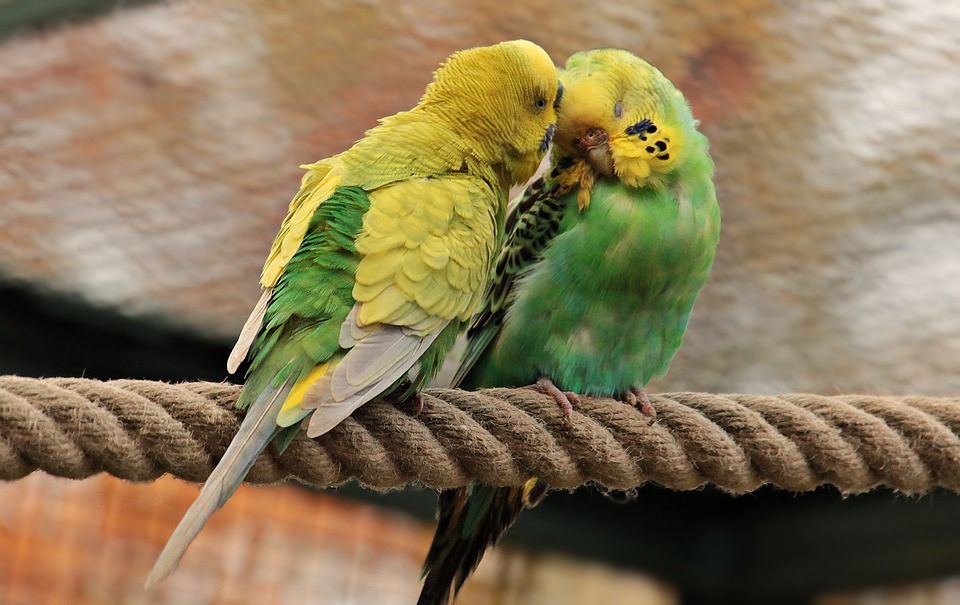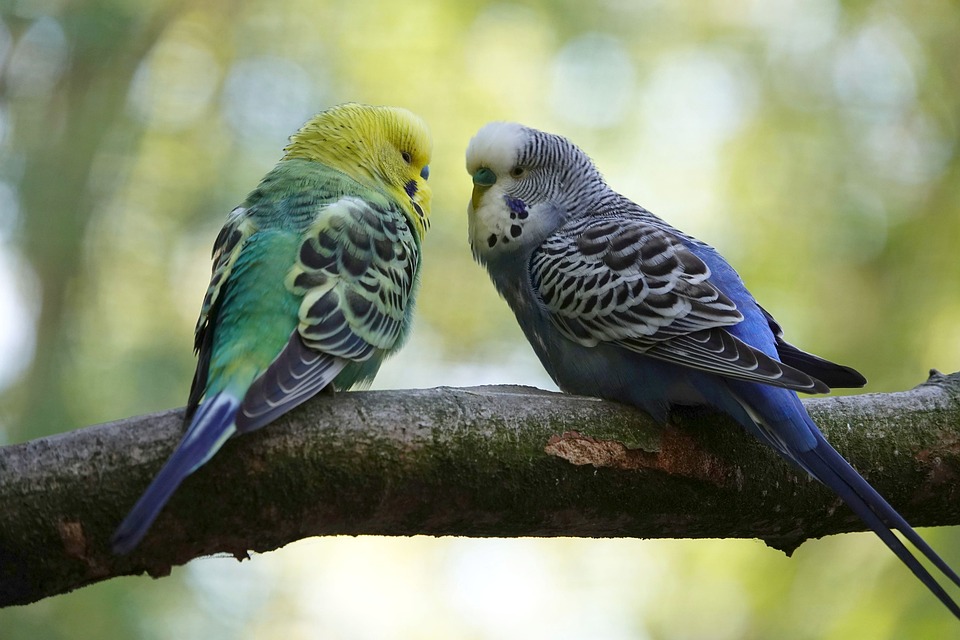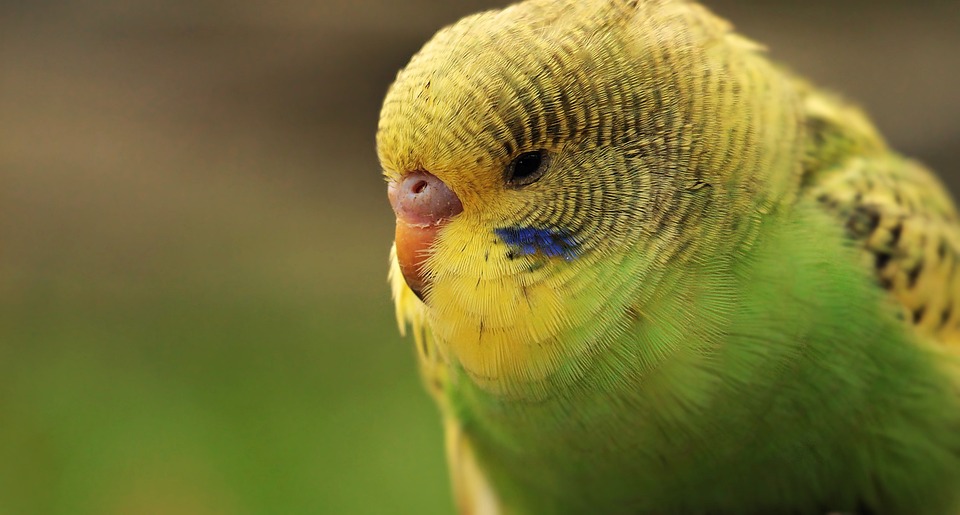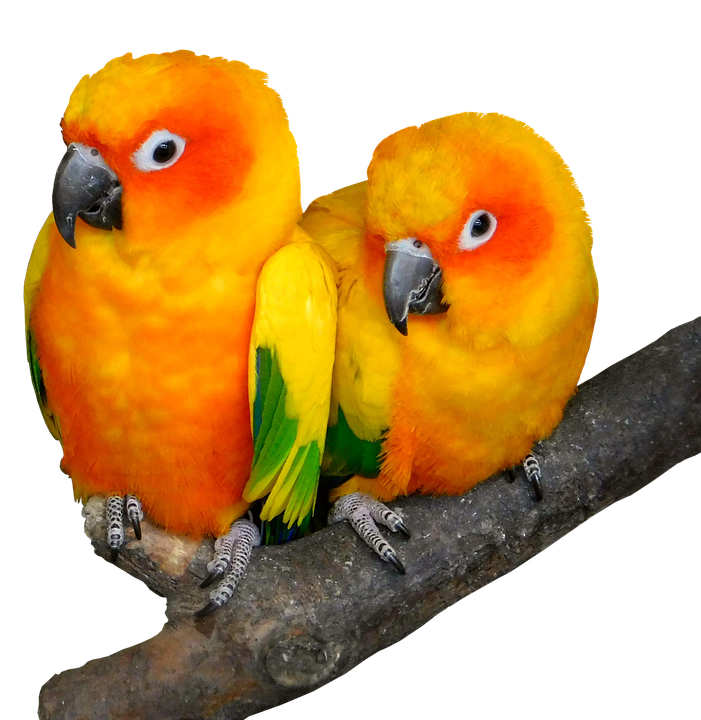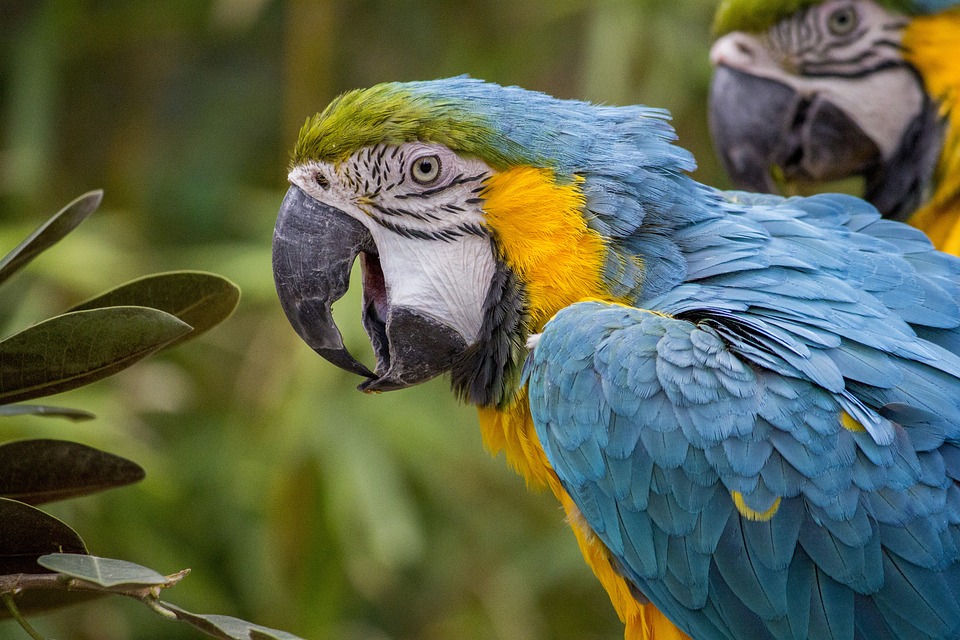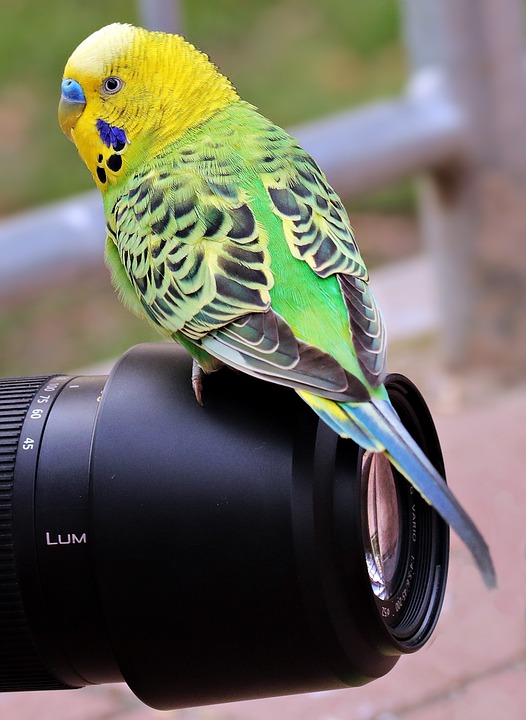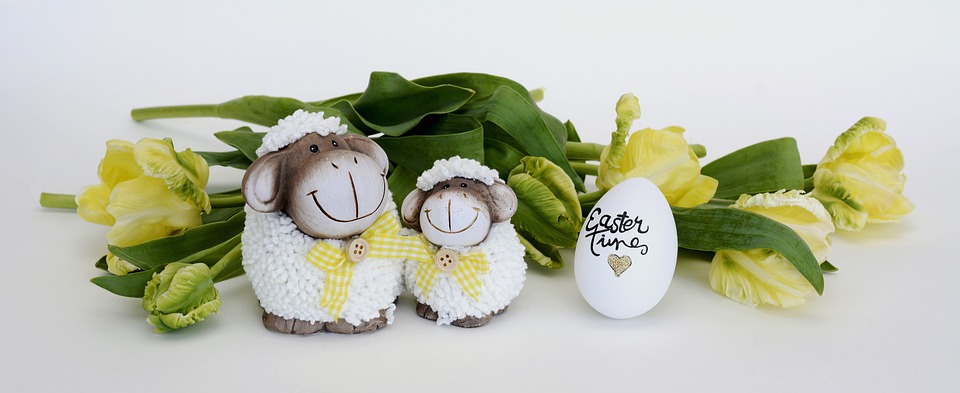Parrots are known for their vibrant colors, intelligence, and unique behaviors. One behavior that stands out is the way they form strong bonds with their mates. Understanding how parrots establish and maintain these bonds can provide valuable insights into their social dynamics.
Mate bonding in parrots refers to the process by which they form deep emotional connections with their chosen partners. This bond is often characterized by mutual trust, affection, and loyalty, closely mirroring the concept of monogamy seen in humans. A pair of parrots remains committed to each other for an extended period.
Parrots are highly selective when it comes to choosing their mates. They engage in elaborate courtship rituals that involve displays of vibrant plumage, vocalizations, and physical interactions. These rituals serve as a means of communication, allowing potential mates to assess each other’s physical condition, health, and compatibility. Once a pair forms a bond, they engage in various activities together, reinforcing their connection over time.
Several factors influence mate bonding in parrots. Compatibility plays a crucial role, as parrots are more likely to form strong bonds with individuals they are compatible with in terms of temperament, energy levels, and interests. Age also plays a role, as parrots tend to form stronger bonds when they are of similar ages. Trust is another important factor, as building trust is crucial for mate bonding. Parrots that feel secure and safe with their partners are more likely to develop and maintain a strong bond. Additionally, socialization plays a role, as parrots that have been appropriately socialized from a young age are generally better equipped to form and maintain mate bonds due to their exposure to various social interactions.
Parrots have a wide range of communication methods they use to interact with their mates. Vocalizations, such as calls, squawks, and chirps, are used to express emotions, convey messages, and communicate their presence. Body language, including head bobbing, wing flapping, and preening, serves as non-verbal cues that parrots use to express affection, establish boundaries, and strengthen their bond. Eye contact is also crucial for parrot communication, as it helps convey trust, understanding, and emotional connection between mates. Mutual grooming is an intimate behavior that parrots engage in to reinforce their bond. It helps strengthen trust and maintain cleanliness within the pair.
There are some frequently asked questions about parrot mate bonding. While parrots can form strong bonds with humans, these relationships differ from mate bonding observed between parrots. Parrots may perceive humans as flock members or companions rather than potential mates. Not all parrots mate for life, as the duration of mate bonds can vary between species and individuals. When a bonded mate passes away, parrots can experience grief and sadness. Providing them with extra attention, companionship, and a supportive environment can help them cope with the loss. Mate bonds can also be formed between parrots of the same gender, as parrots are known to display same-sex pair bonding in both captivity and the wild.
Understanding parrot mate bonding offers a glimpse into the intricate social lives of these magnificent creatures. By recognizing the factors that influence mate bonding and the methods of communication within bonded pairs, we can enhance our understanding and appreciation for these remarkable birds.

